From KU’s Industrial Design Program to National Recognition
Learn how an industrial design degree is opening doors to success for student Clara Rozmaryn.
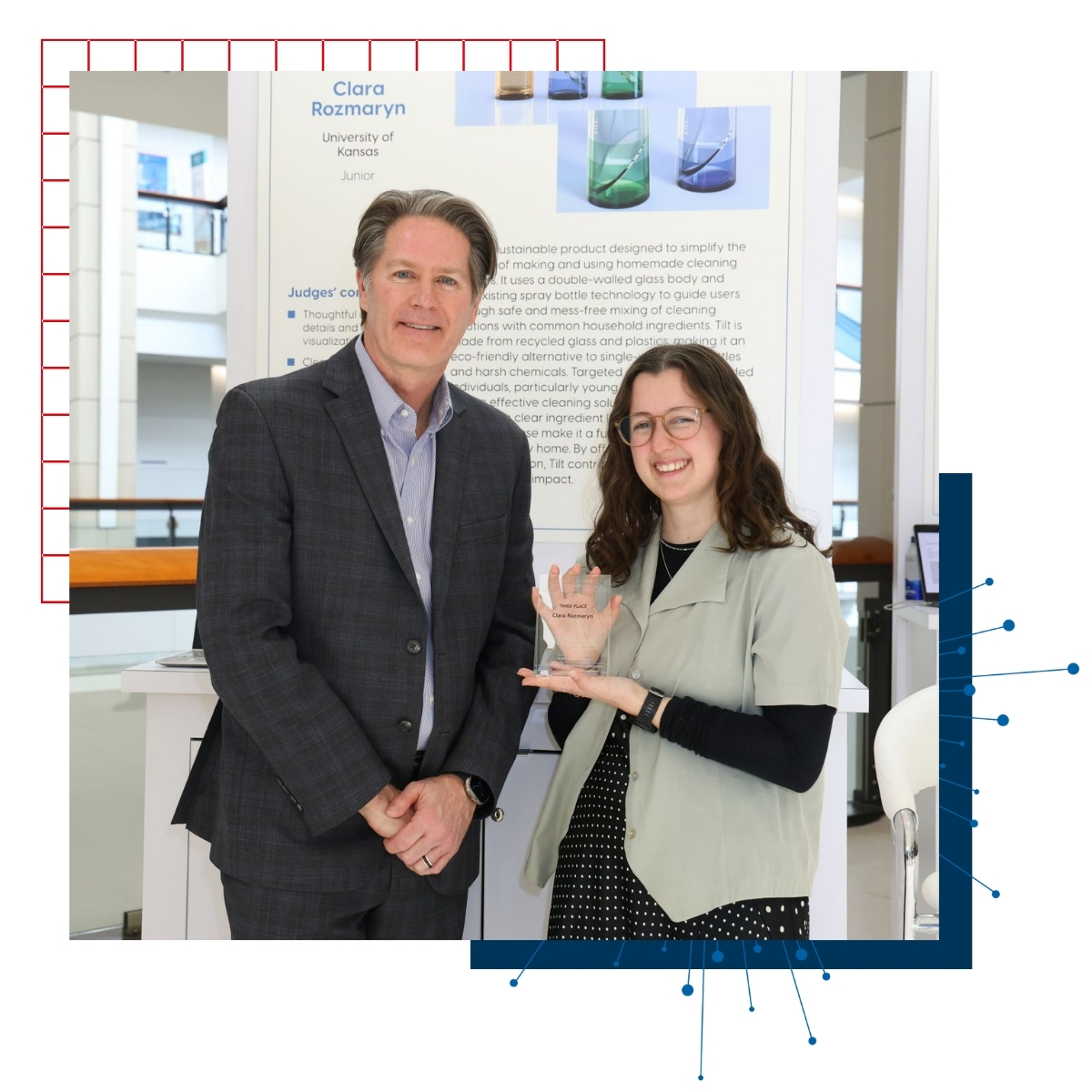
For Clara Rozmaryn, what started as a classroom project turned into national recognition at one of the largest housewares design competitions in the country. The University of Kansas student recently placed third in the International Housewares Association’s Student Design Competition, a prestigious honor that puts her among the most promising young designers in the field.
Behind the award is a journey of curiosity, creativity and the opportunities KU provides to help students succeed.
What is an Industrial Design Degree?
An industrial design degree combines creativity with problem-solving to develop functional, well-designed products. At KU, students gain hands-on experience in design, materials and manufacturing, preparing them for careers in product innovation.
For Clara, this degree captured the perfect blend of art and engineering. She was drawn to both art and technical innovation, and she wanted a field that would allow her to blend creativity with problem-solving. Industrial design felt like the perfect fit.
“In high school I really liked art, and I really liked engineering, and industrial design is a super good combo of both of those. When I was looking at college options, I went specifically looking for schools that had good industrial design or product design programs. I toured KU last, in December of my senior year, but I knew immediately that this was where I was meant to be.”
Clara Rozmaryn, junior majoring in industrial design at KU
Clara was drawn to the program’s flexibility and KU’s wide range of courses, which gave her room to explore interests like chemistry, physics and even business. “I wanted a big school with options, just in case I changed my mind,” she shares. “I needed space to grow and try out other classes.”
Luckily, Clara quickly discovered that the program was a perfect match for her passions. In KU’s industrial design program, first-year students are exposed to a broad range of design disciplines, from industrial design and graphic design to illustration, animation, UI/UX interaction design, and photography.
“When people ask me, ‘what are you studying’? I like to refer to it as arts and crafts on steroids. It's just bigger scale, much more intensive, but more rewarding,” Clara says.
Small Classrooms and Professors with Real-World Experience Shape Student Success
One of the most rewarding aspects of Clara’s experience at KU has been learning from professors with a range of backgrounds.
Some professors focus on the artistic side of the program, introducing students to new artisans, exhibitions, skills, and innovative materials. Others bring valuable industry experience, offering real-world insights that bridge the gap between creativity and application. This balance has helped Clara develop a solid foundation in both creative exploration and practical design skills.
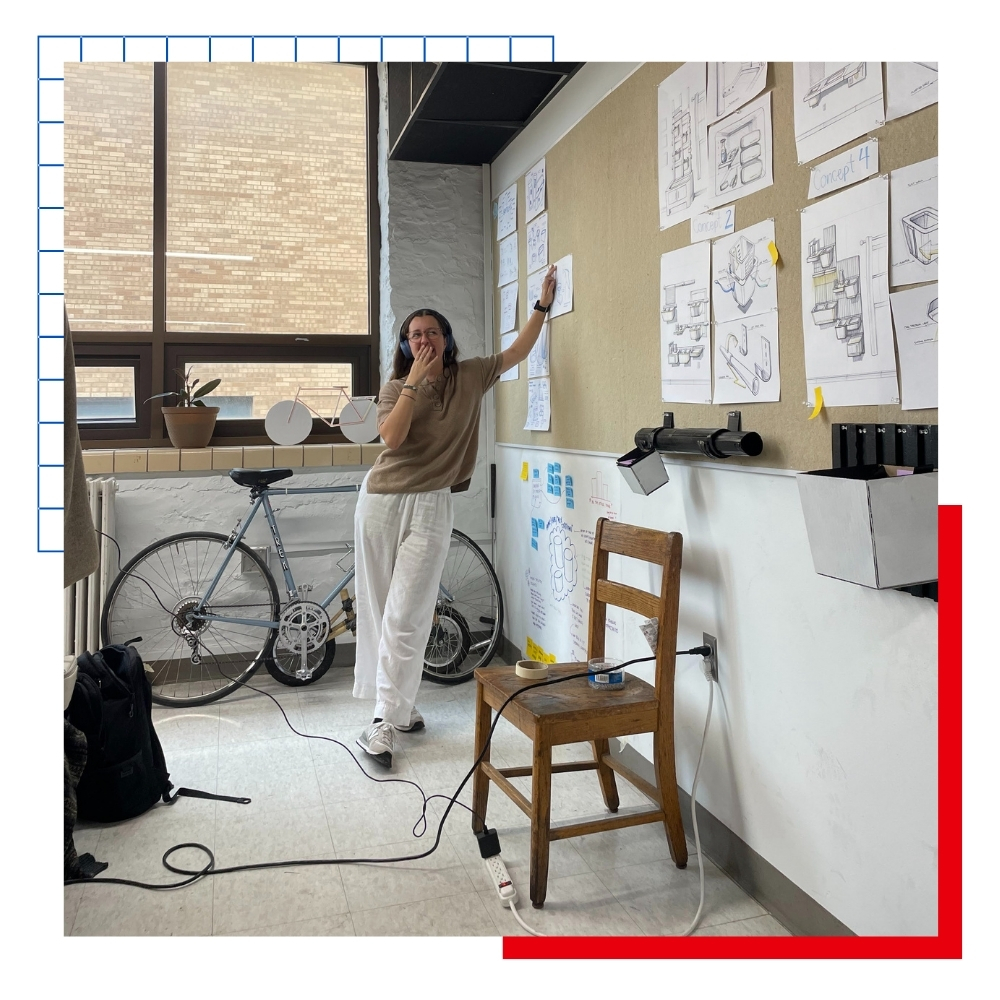
Another key advantage of KU’s program is the strong industry connections that professors bring into the classroom. Clara has had opportunities to engage with professionals from top companies, many of whom actively mentor students and provide insight into career paths. Those industry connections are what helps to set KU’s program apart.
“Our KU professors know a lot of people. We have close connections with companies like Garmin, and we work with their teams on projects to get good professional experience. Milwaukee Tool comes to do one-on-one portfolio reviews. We’ve connected with companies like OtterBox, Dimensional Innovations and Engenious too. I feel like that really helps with learning and understanding our career options.”
KU’s industrial design program also fosters relationships across grade levels, creating opportunities for mentorship and professional growth. “Our program is pretty small, and what I love about that is how much one-on-one time with professors there is,” notes Clara. “We’re also building relationships across classes, so it feels like one big happy family supporting each other.”
A Classroom Project Turned National Recognition
It was one of her professors that paved the path for Clara’s experience in the International Housewares student competition. Professor David Starr encouraged juniors in the industrial design program to submit their designs as part of an eight-week classroom project.
Having previously judged the competition, he believed KU students had what it took to place among the top contenders. That encouragement and structured preparation played a crucial role in her success. “When I found out I placed, the first thing I did was call my mom,” Clara remembers. “Then I talked to my professor, and he was so proud. It was a huge moment for all of us because we knew how much work had gone into this project.”
Clara’s winning product, Tilt, is a sustainable cleaning system that eliminates single-use plastic and simplifies mixing homemade solutions. Inspired by health risks and environmental concerns, she designed Tilt to promote safer, low-waste cleaning using everyday ingredients.
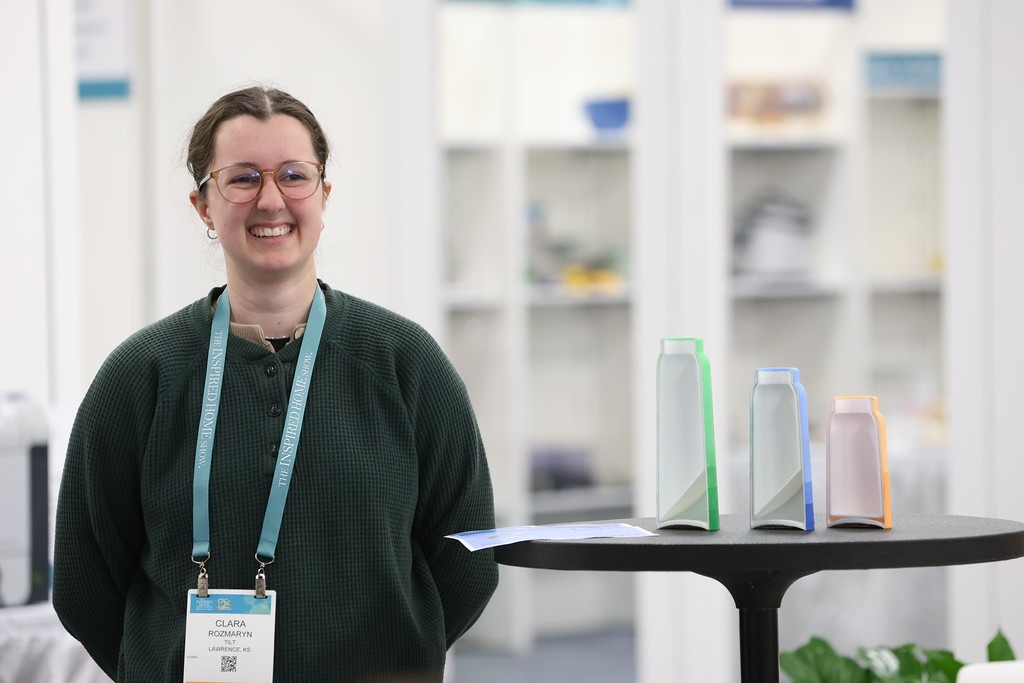
The project pushed Clara out of her comfort zone, but in the end, she was thrilled to be recognized for the results of her effort. The competition’s judging process was particularly validating for Clara because entries were reviewed anonymously. The panel didn’t see student photos or school names — they judged purely on the quality of the work.
Gaining Industrial Design Job Experience and Confidence
Traveling to the competition and presenting her work was an eye-opening experience for Clara. They provided media training, which allowed her to get comfortable with pitching a product, something she realized she truly enjoys.
“I was handing out my business card, talking to professionals about my project, and realizing how much I love presenting and supporting an idea. It made me even more excited about the future.”
She also loved meeting the other winners, hearing about their programs, and seeing how different schools approach design. “Meeting all the other winners from other colleges was my favorite part, because there are people from Western Washington, from Notre Dame, from Western Michigan, from University of Illinois and more,” Clara shared. “Hearing about all of their different programs and what they look like and what classes they take was so fun!”
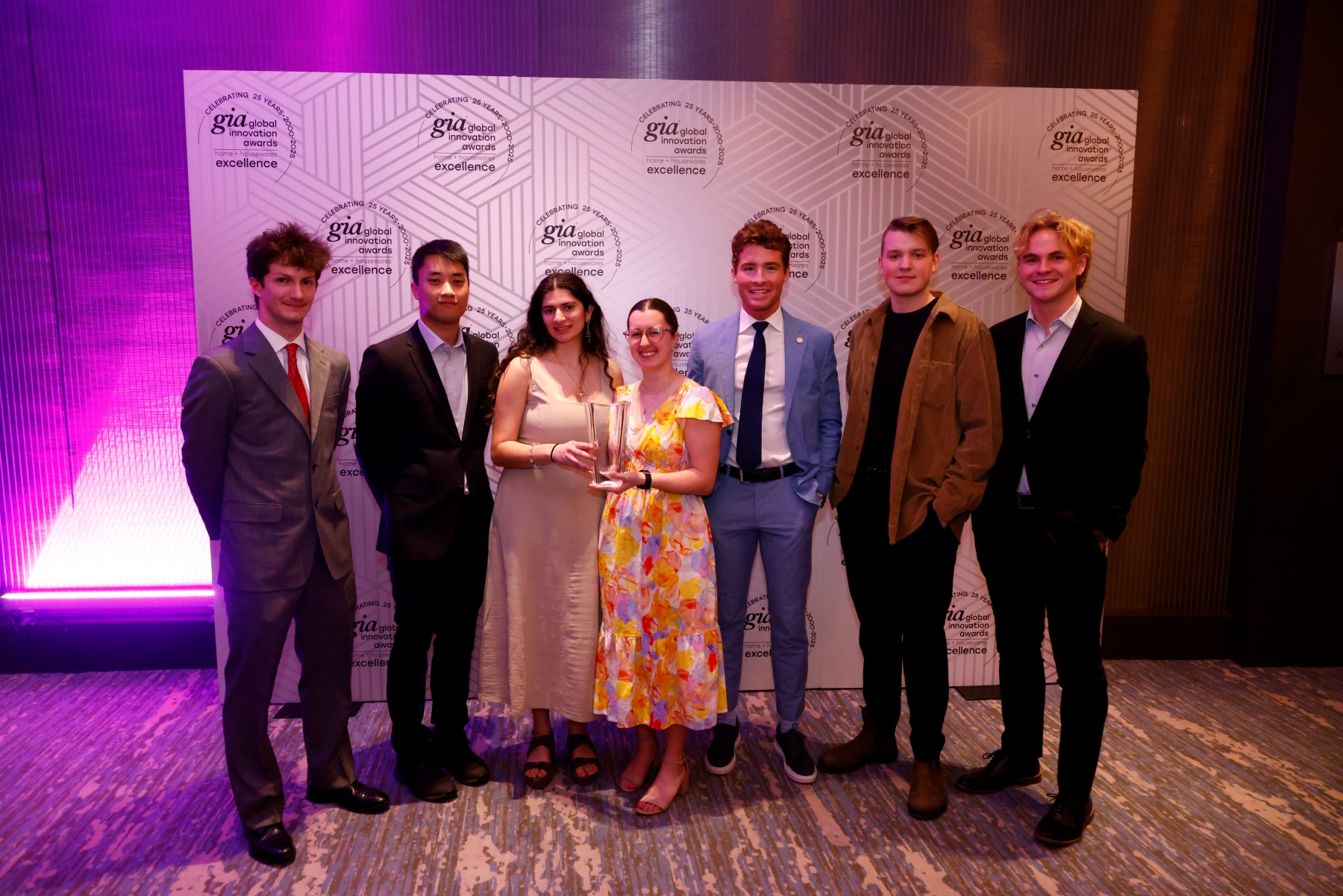
Embracing Opportunities for Growth
Clara’s experience showed her that great ideas sometimes come from unexpected places. While she found the design of Tilt to be challenging, the project turned out to be one of her most rewarding. With support and encouragement, she saw the potential in her work and pushed past self-doubt. For Clara, this experience reinforced the idea that growth often starts when we’re willing to try something new.
“Being uncomfortable with a project doesn’t mean it’s not good — in fact, that challenge can lead to an excellent idea or product. I definitely doubted myself, and I was not expecting to hear back after we submitted. But I think it just goes to show that even though we’re our own worst critics, maybe we’re better than we think we are. It’s been such a validating experience, and I’m so proud of myself!”
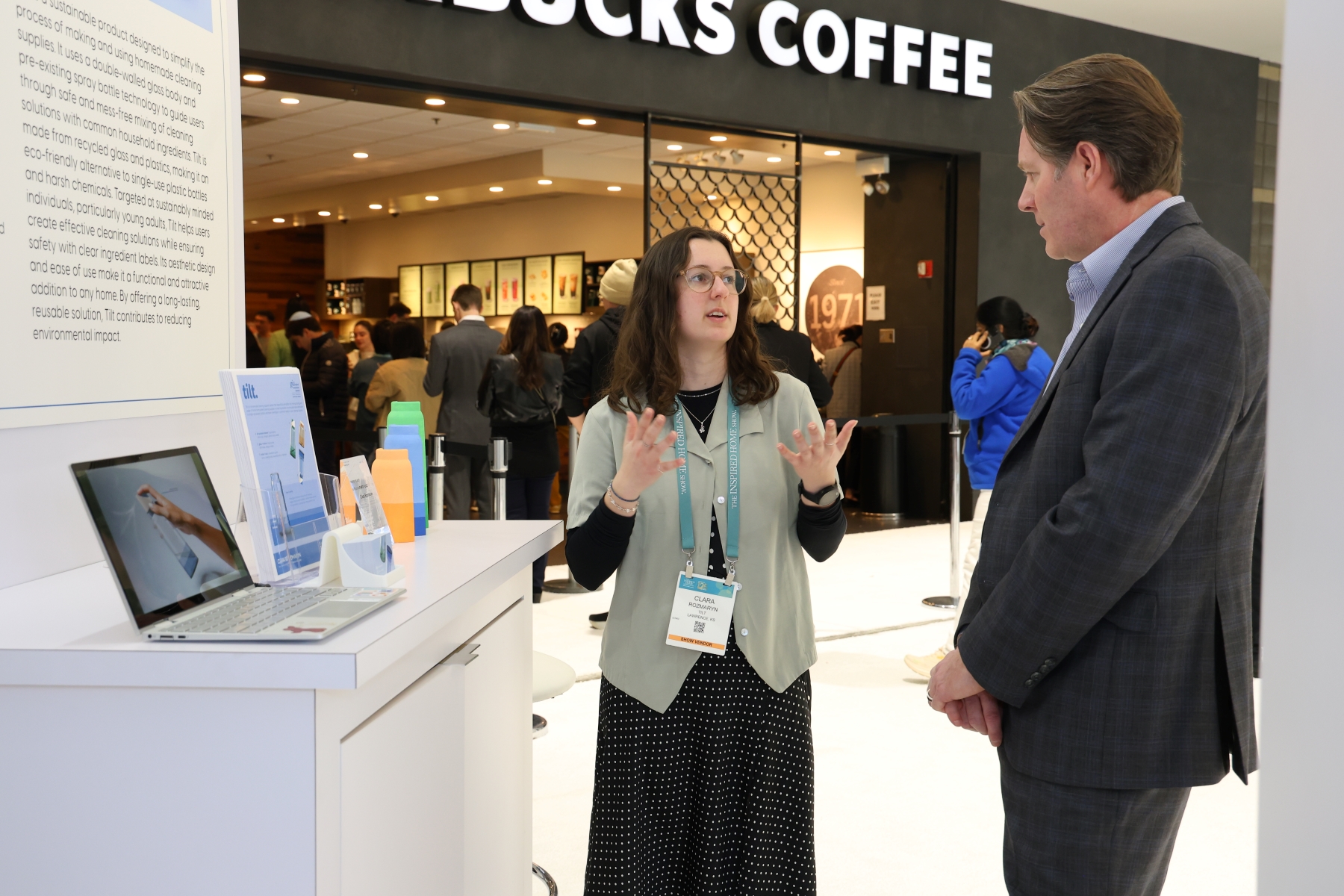
Clara’s success in the IHA competition is just the beginning. With a newfound confidence in pitching ideas, a growing network of industry professionals and an exciting Chicago summer internship ahead, she is well on her way to making a lasting impact in the world of product design.
For future industrial designers considering the University of Kansas, Clara’s journey is an inspiring example of where hard work, creativity and the right academic environment can lead. Learn more about the Industrial Design Program at KU.